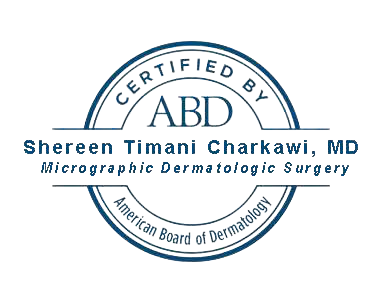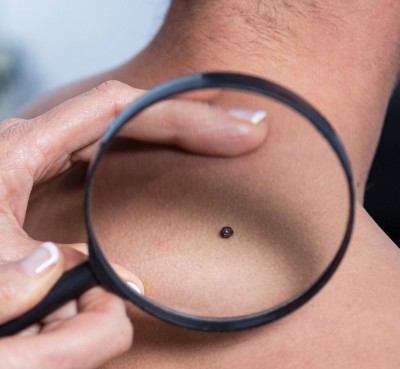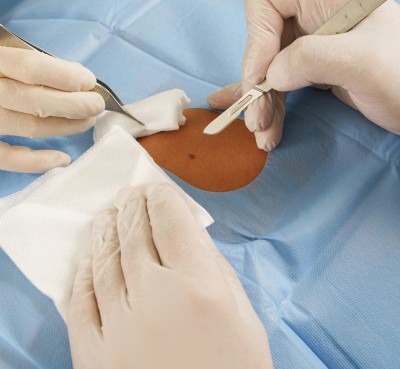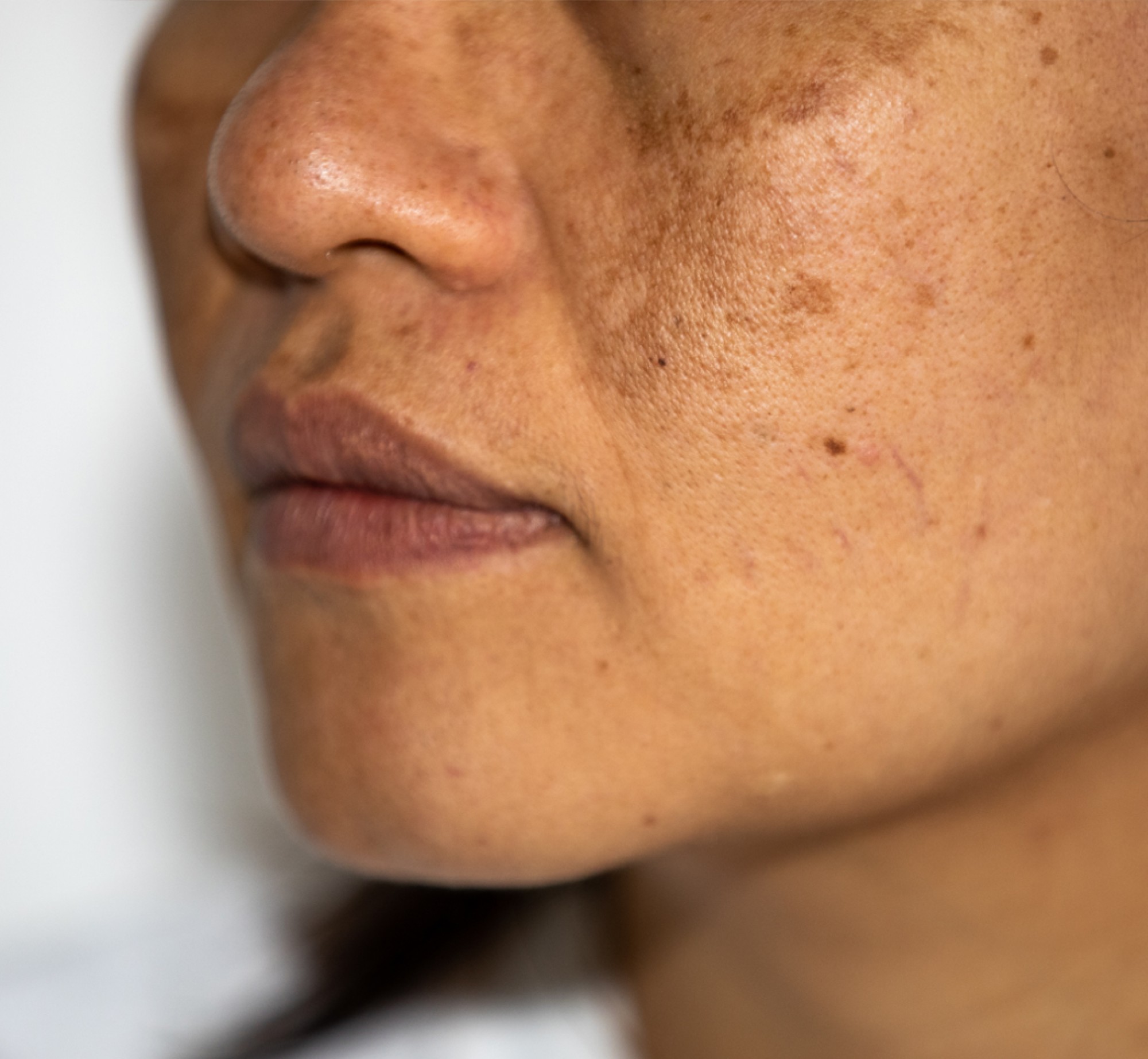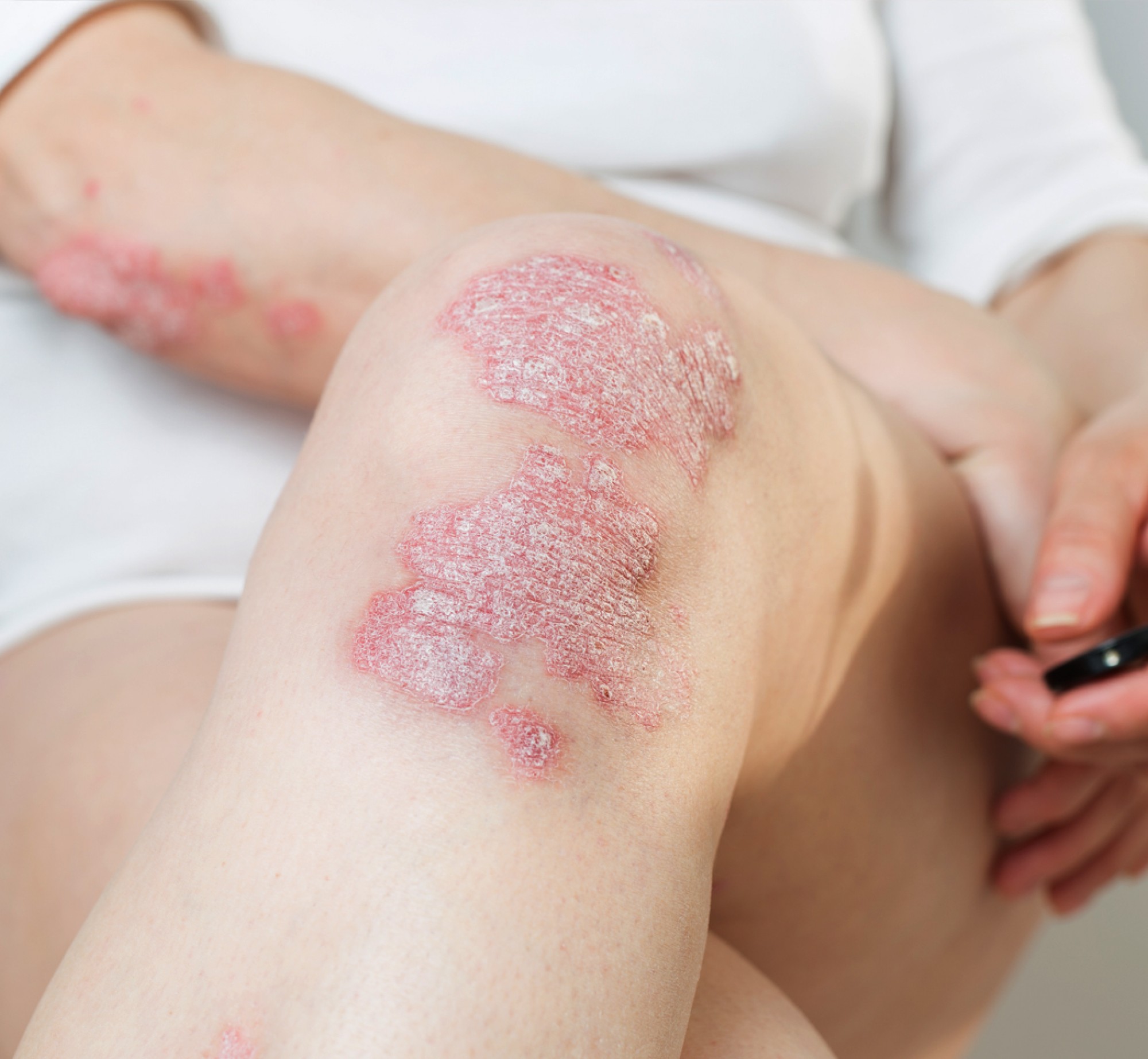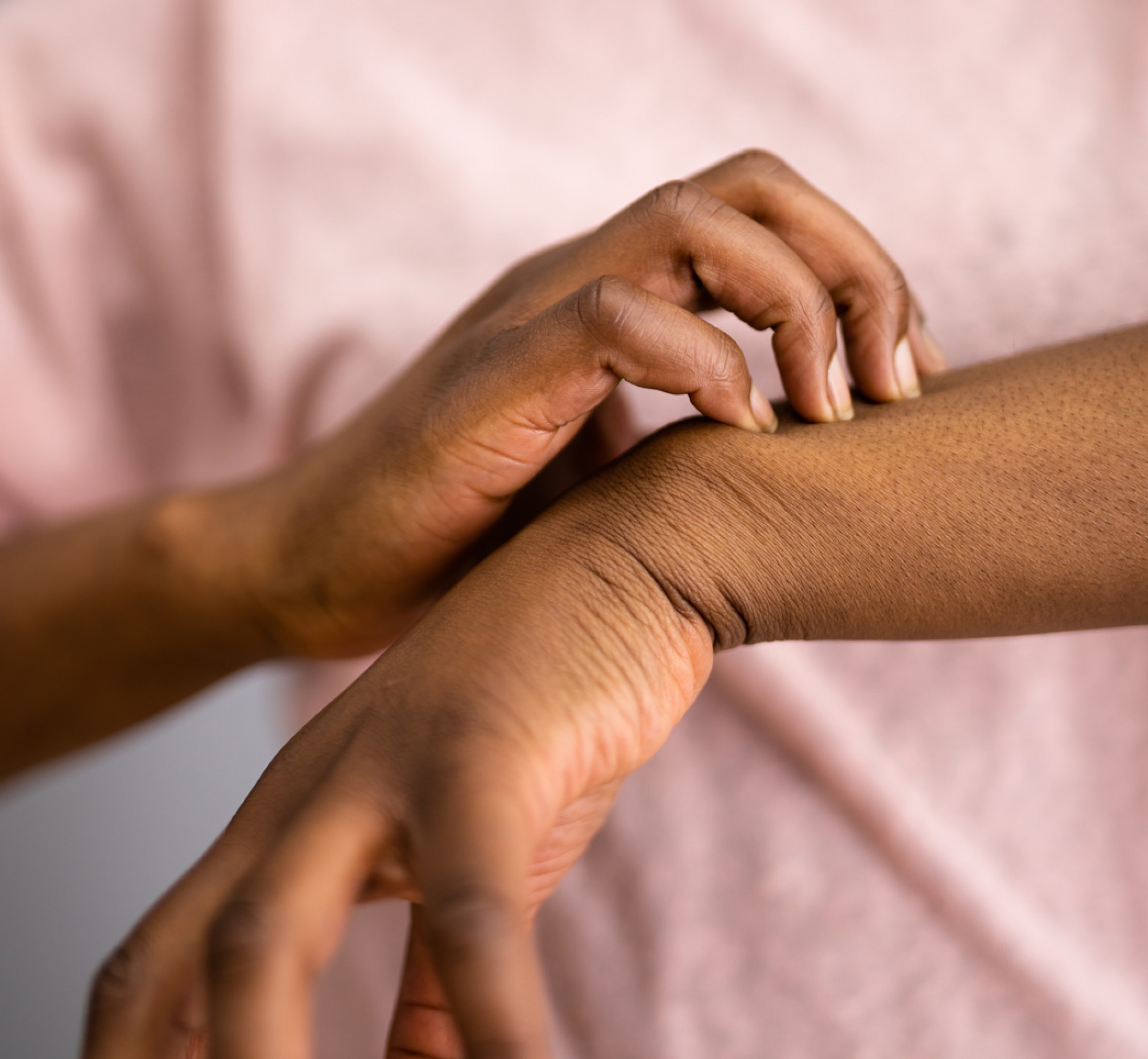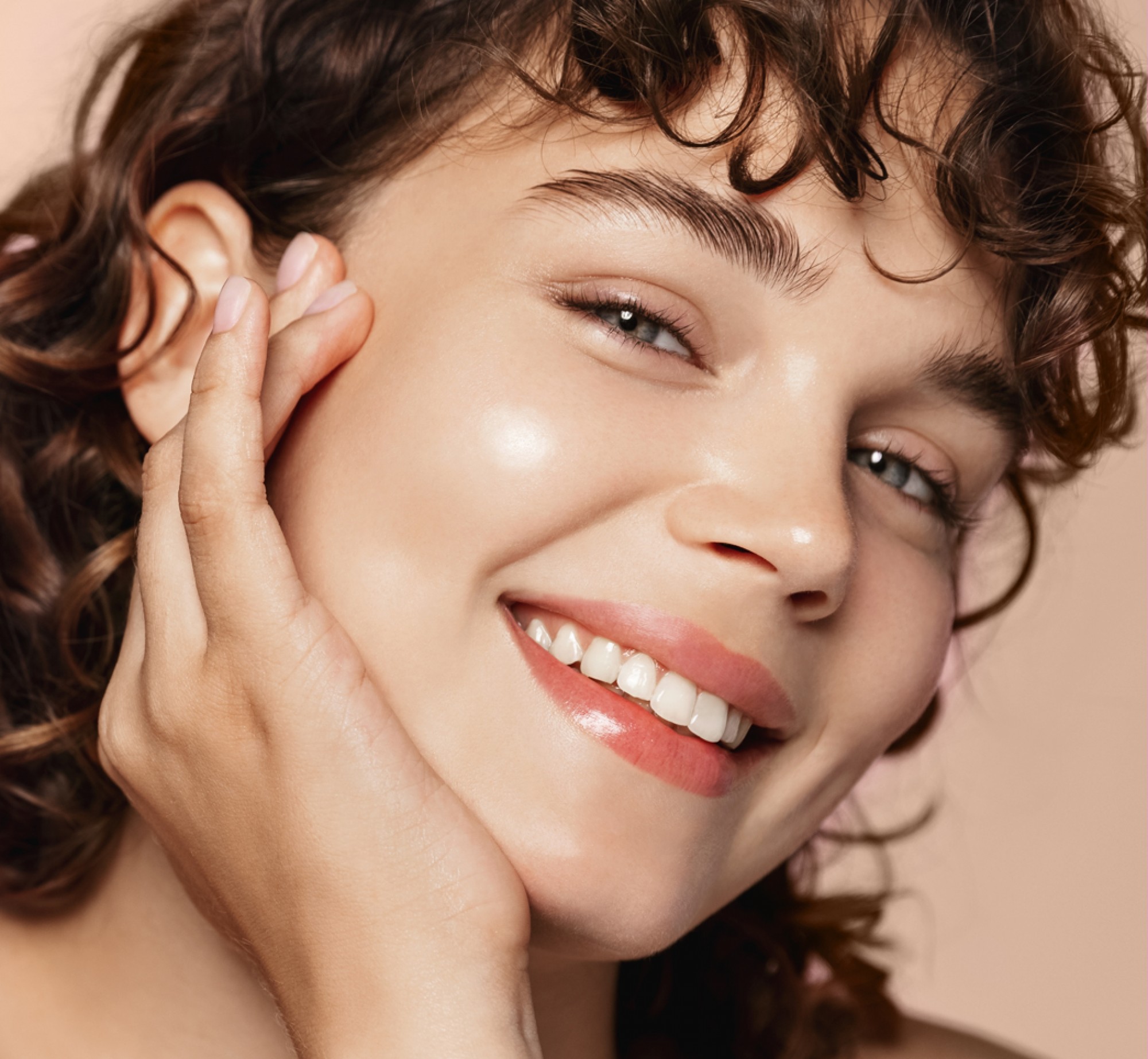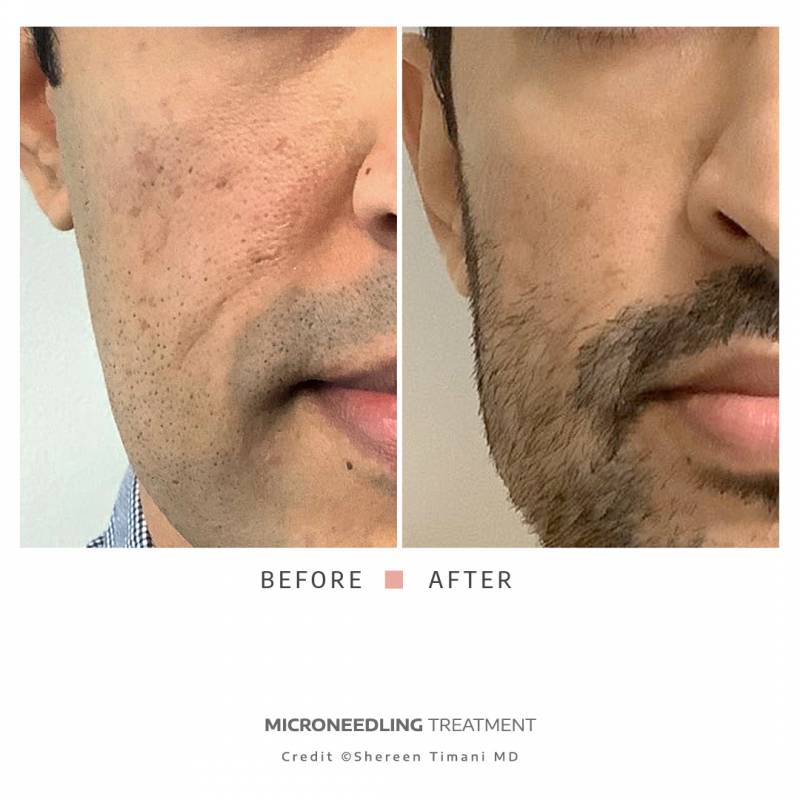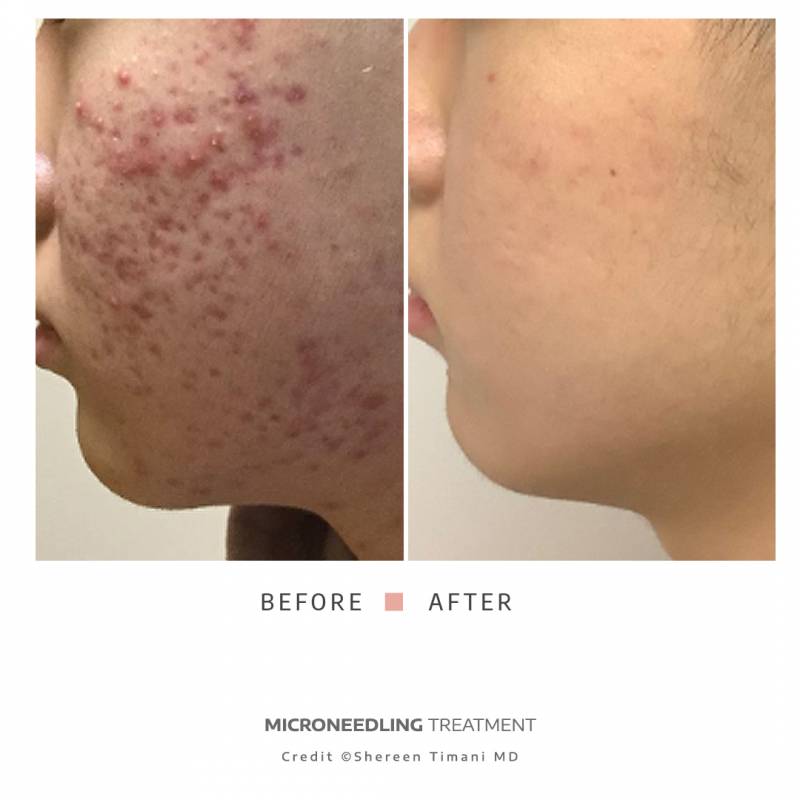
Elyssa Poretsky - Google Review
I was very scared to go to the Dermatologist my first time but Springs Dermatology was amazing! The place was clean and bright. The staff was so friendly and Dr. Anna Vonck was awesome!! She really took her time with a whole body check explaining anything I had questions about. She eased my nervousness and had amazing bedside manner. I would definitely recommend this place to someone looking for a great dermatology office! Thank you Springs Dermatology!!
PATIENT REVIEWS
Reveal Smoother, More Radiant Skin—Naturally
Microneedling is a dermatologist-guided treatment that activates your skin’s natural healing response to improve texture, tone, and overall skin quality, without surgery or significant downtime.
Non-Surgical, Natural Skin Rejuvenation
Acne scars. Fine lines. Uneven texture. Enlarged pores. Sun damage. Stretch marks. Pigmentation concerns.
If any of these sound familiar, microneedling may be a great next step—especially if you want noticeable improvement without surgery or significant downtime.
Microneedling—also known as collagen induction therapy—addresses multiple skin concerns by stimulating your body’s own repair process. Using controlled micro-channels in the skin, microneedling encourages collagen and elastin production for smoother, healthier-looking skin over time.
Unlike invasive cosmetic procedures, microneedling is minimally invasive, well-tolerated, and safe for all skin types, including skin of color. It can be performed year-round and requires little downtime, making it a popular option for patients seeking natural, gradual improvement.
Scroll down to read Dr. Timani’s answers to common microneedling questions.
Why Choose Microneedling at Springs Dermatology MD
At Springs Dermatology MD, microneedling is performed under physician supervision using advanced, FDA-cleared technology. Every treatment is customized to your skin type, concerns, and goals.
Clinically Proven Technology
We use precision microneedling devices, including SkinPen® and Rejuvapen®, designed to deliver consistent, controlled results with a strong safety profile.
Safe for All Skin Types
Our dermatologist-guided approach ensures microneedling is appropriate and effective across a wide range of skin tones and textures.
Natural, Gradual Results
Microneedling supports your skin’s natural regenerative process, improving collagen and elastin production without fillers or surgery.
Enhanced Microneedling Options
For select patients, microneedling may be combined with Plasma Growth Factors, medical-grade serums, or other dermatologist-selected boosters to enhance results safely.
Minimal Downtime
Most patients experience mild redness for a short period and return to normal activities within 24–48 hours.
Ready to get started? Schedule your microneedling consultation today.
What Microneedling Can Help Improve
Each treatment plan is individualized. Microneedling may help improve the appearance of:
• Acne scars and surgical scars
• Fine lines and wrinkles
• Loose or crepey skin
• Stretch marks
• Enlarged pores
• Uneven tone and pigmentation
• Sun-damaged skin
• Rough or uneven skin texture
Schedule Your Microneedling Consultation
If topical products haven’t delivered the improvement you’re looking for in acne scars, pigmentation, or skin texture, microneedling may be an effective next step.
Call (470) 769-9400 to schedule your consultation at our Sandy Springs office.
We welcome patients from Atlanta, Dunwoody, Roswell, Brookhaven, Marietta, Alpharetta, and surrounding Metro Atlanta areas. Prefer a North Atlanta location?
Our Johns Creek office is convenient for patients in Alpharetta, Duluth, Peachtree Corners, Roswell, and Suwanee.
Microneedling FAQs
What is microneedling?
Microneedling, also called collagen induction therapy, uses ultra-fine needles to create controlled micro-channels in the skin. This process stimulates collagen production and improves skin texture, tone, and firmness over time.
How long does a session take?
Most sessions last 30–60 minutes, depending on the treatment area.
Is microneedling painful?
A topical numbing cream is applied beforehand. Most patients describe the sensation as mild pressure or vibration.
How many treatments will I need?
Many patients benefit from a series of 3–6 treatments, spaced 4–6 weeks apart. Your dermatologist will recommend a plan based on your goals.
What should I expect after treatment?
You may experience temporary redness, mild swelling, or sensitivity similar to a sunburn. These effects typically resolve within a few days.
Are there side effects?
Side effects are usually mild and short-lived, including redness or swelling.
How should I care for my skin afterward?
Avoid sun exposure and use broad-spectrum SPF Keep skin clean and moisturized Avoid harsh products for several days Follow your dermatologist’s aftercare instructions
Can microneedling be combined with other treatments?
Yes. In appropriate cases, microneedling may be combined with chemical peels, Plasma Growth Factors, or medical-grade serums to enhance outcomes.
Who is a good candidate?
Microneedling is suitable for many adults seeking improvement in acne scars, fine lines, texture, or pigmentation. A consultation is essential to determine if it’s right for you.
When will I see results?
Many patients notice improvement within a few weeks, with continued collagen remodeling over several months.
Is there downtime?
Downtime is minimal. Most patients resume normal activities within 24–48 hours.
For additional information:
Elyssa Poretsky - Google Review
I was very scared to go to the Dermatologist my first time but Springs Dermatology was amazing! The place was clean and bright. The staff was so friendly and Dr. Anna Vonck was awesome!! She really took her time with a whole body check explaining anything I had questions about. She eased my nervousness and had amazing bedside manner. I would definitely recommend this place to someone looking for a great dermatology office! Thank you Springs Dermatology!!
PATIENT REVIEWS
